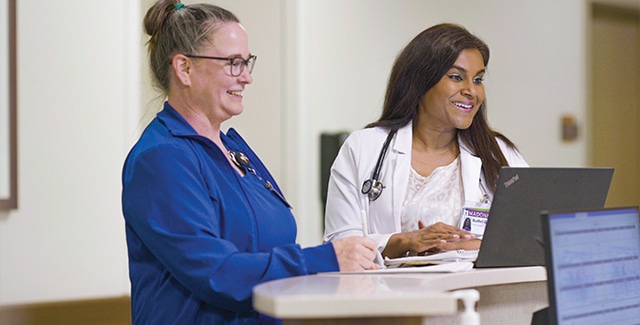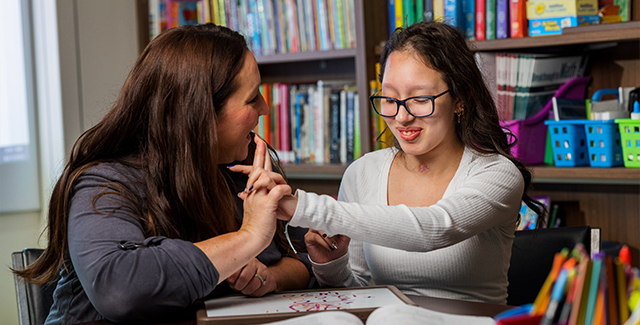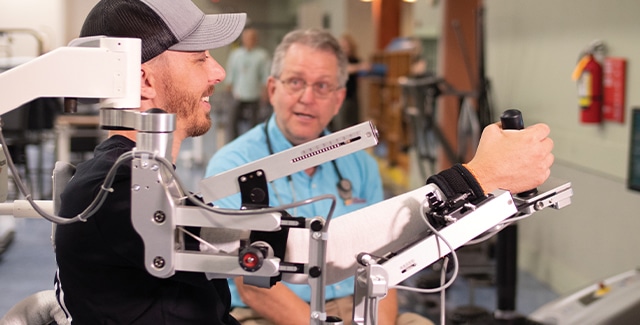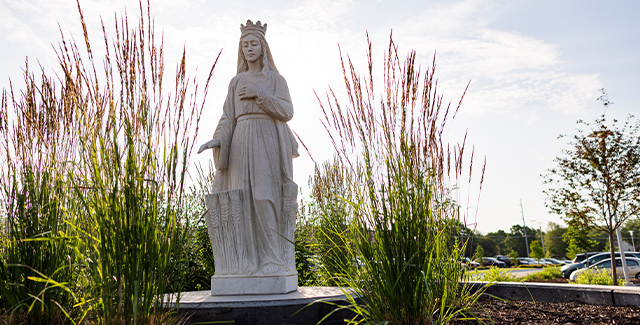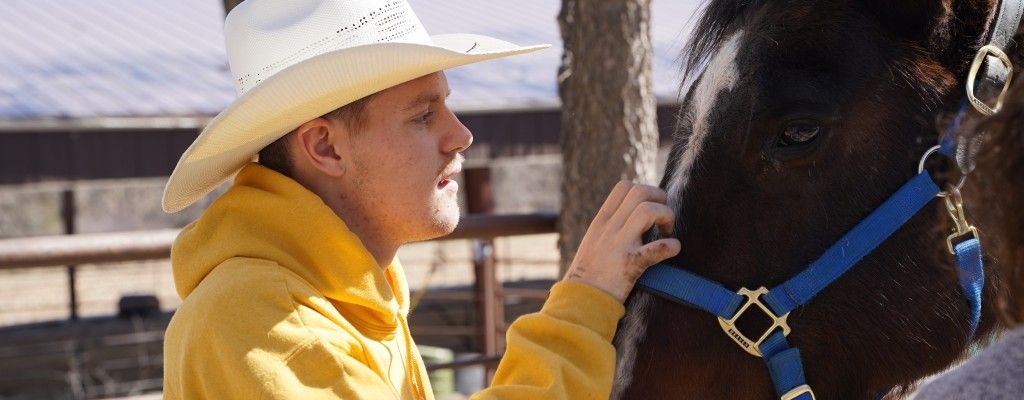For Austin Jordan, there’s one phrase he’s often been told to encourage him to be tough, brave or resilient in the face of a challenge or adversity.
“My grandpa told me growing up, ‘Cowboy up,’” Austin said. “So every time I got down in the dumps, I’d tell myself, ‘cowboy up’ and get through it. And that’s kind of how I got through the whole deal.”
On February 15th, 2024, Austin mounted a two-year-old colt for his first ride, but that ride didn’t last very long.
“He decided to take me on a bucking trip,” Austin said. “I got thrown over the front of him and landed around his neck and he pile-drived my face into the ground.”
The 19-year-old from Kinsley, Kansas was life-flighted to Ascension Via Christi St. Francis in Wichita. A week later, he came to Madonna Rehabilitation Hospitals’ specialized spinal cord program. He had been diagnosed with acute central cord syndrome, which means the center part of his spinal cord was more affected than the outer part.
“With his injury being more of that central cord, his arms were more affected than his legs,” Katelyn DuPont, OTD, OTR/L, occupational therapist, said. “It was an incomplete spinal cord injury. He didn’t actually have any fractures. He just had soft tissue injuries. So as swelling and healing took place, we really saw a lot of that movement come back.”
Utilizing various pieces of specialized technology, his care team focused on stimulating his arms to encourage re-activation.

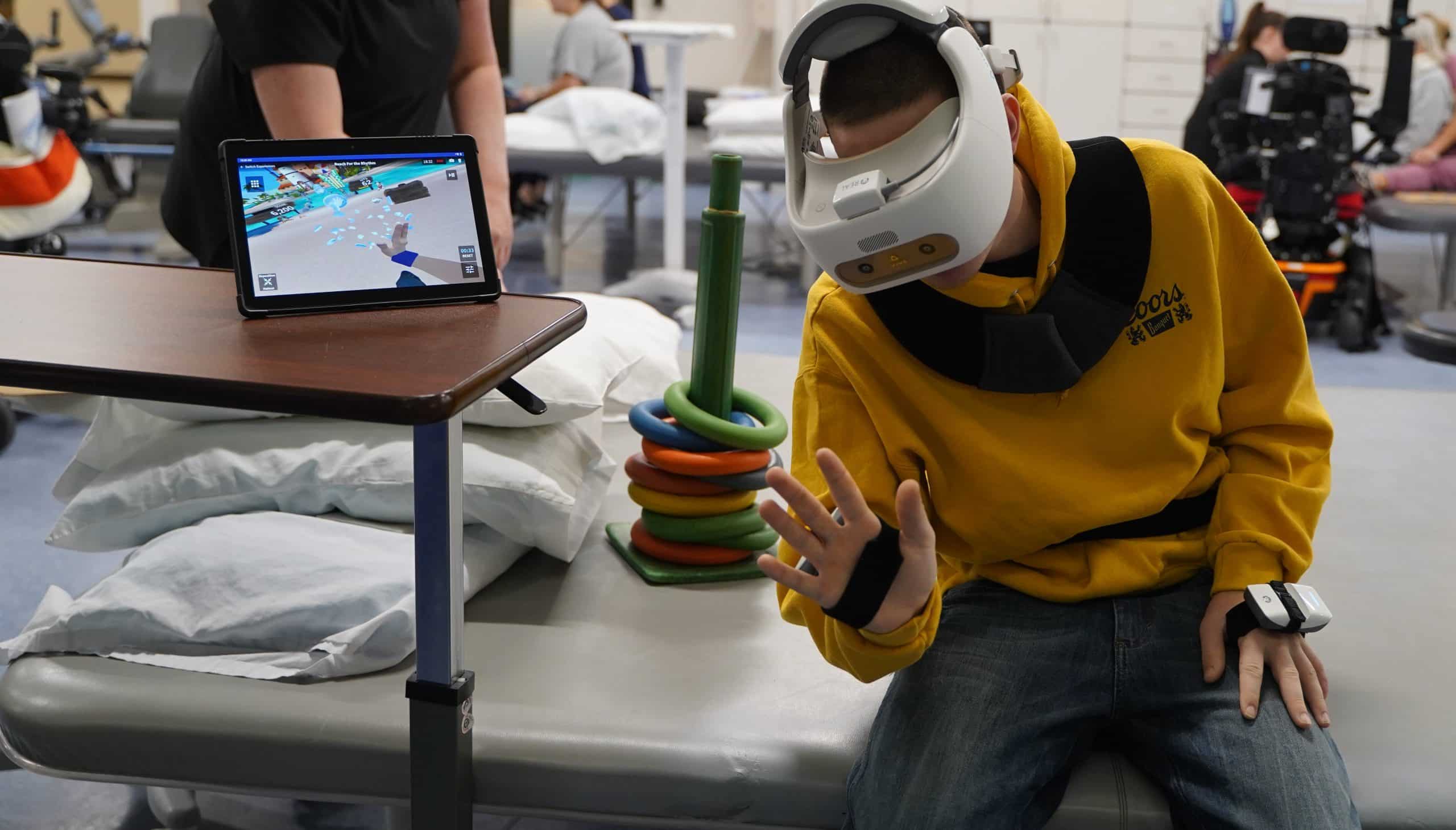
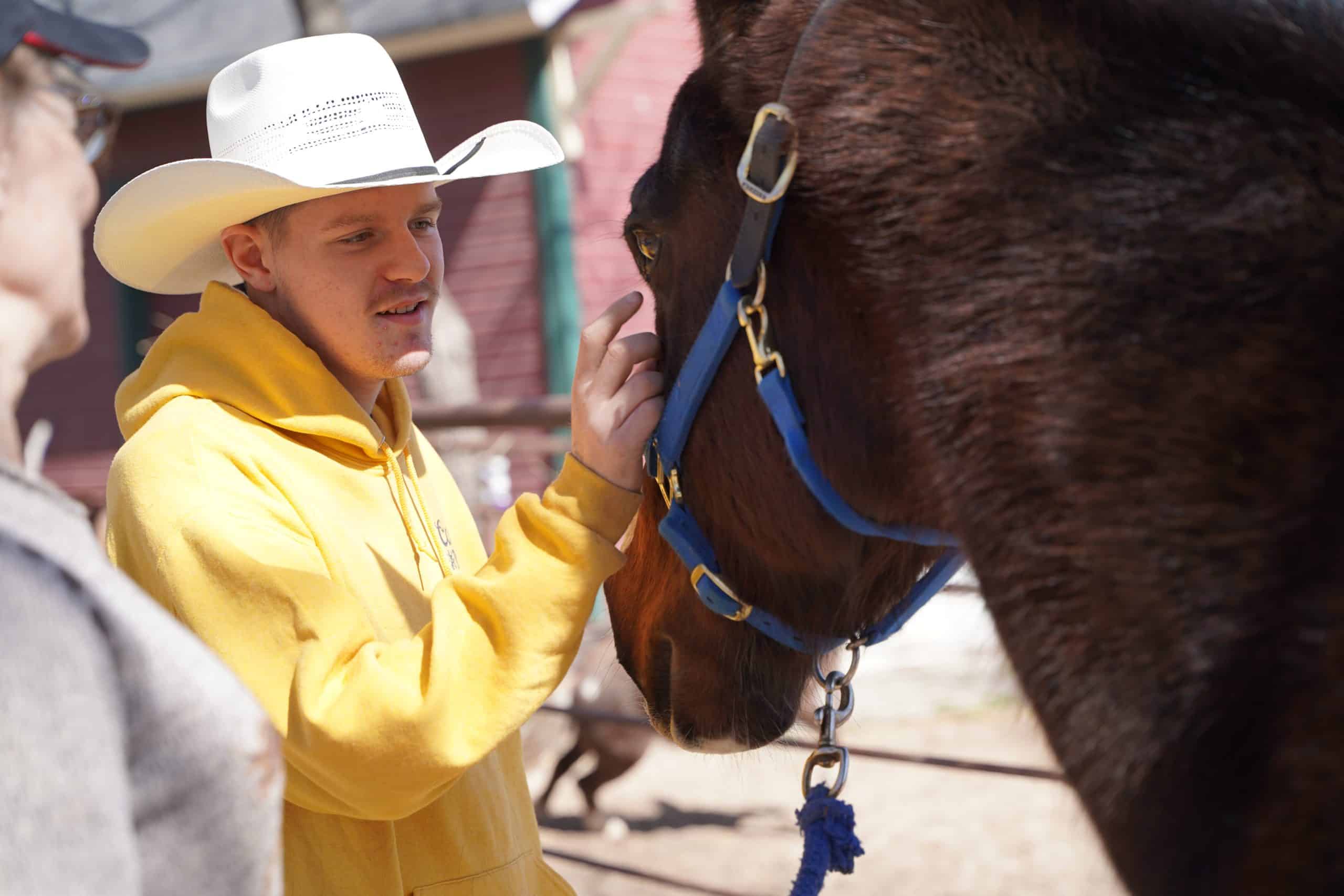
Austin recalls the moment he moved his left arm for the first time and credits the FES bike as a key turning point in his recovery.
“The morning before, I couldn’t move my left arm, and that afternoon I was picking it up and doing quite a bit with it,” Austin said. “That was definitely the great thing that happened to me while I was here.”
Additionally, Austin participated in recreational therapy activities, such as shuffle board, and billiards to continue functional use of his arms. He also went on different community outings.
“Those activities were important because besides having fun and maybe relearning some activities or trying to find some new things to do, it also worked on activity tolerance and standing and a lot of other beneficial skills,” Linda Ohnoutka, CTRS, recreational therapist, said.
Just before Austin went home, Ohnoutka set up one final outing, a visit to the Shoulder to Shoulder Ranch for equitherapy.
“The horses were like being back home, and it was the best last outing I could have had,” Austin said. “Being able to groom the horses with both arms showed me what I could do when I go home with my horses and showed me I’m not completely at square one. At least I can do some things.”
The community outings also prepared Austin to acclimate to life back at home, even if some activities may look a bit different.
“It definitely showed me that I don’t have to hide what happened to me,” Austin said. “I can be okay with what happened and be in the community, even if it’s a bit tougher.”
And during his three-week journey at Madonna, Austin learned the true meaning of “cowboy up”.

